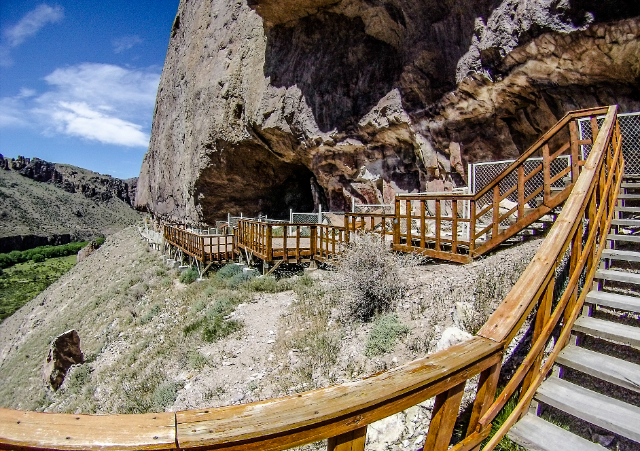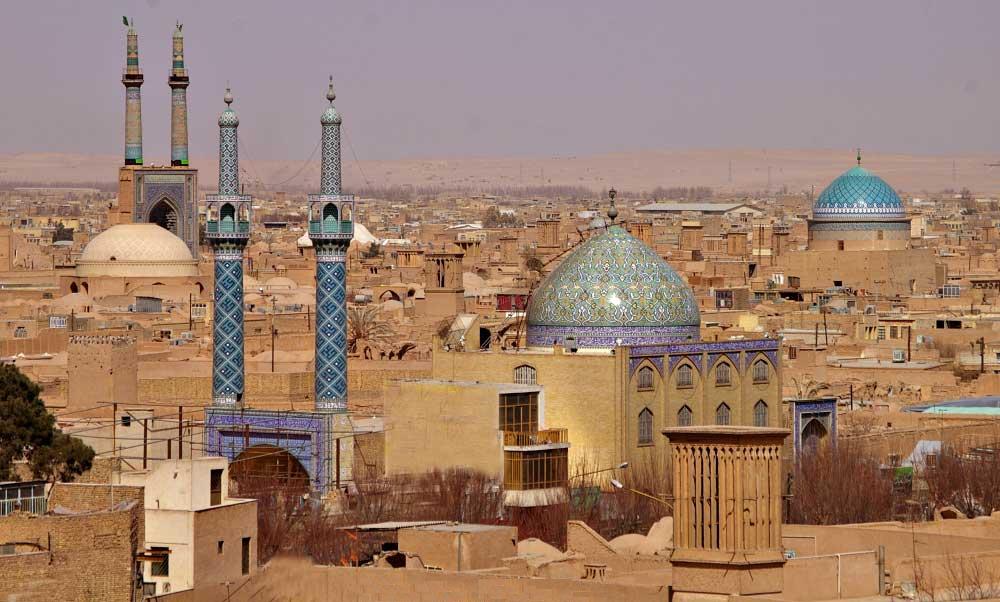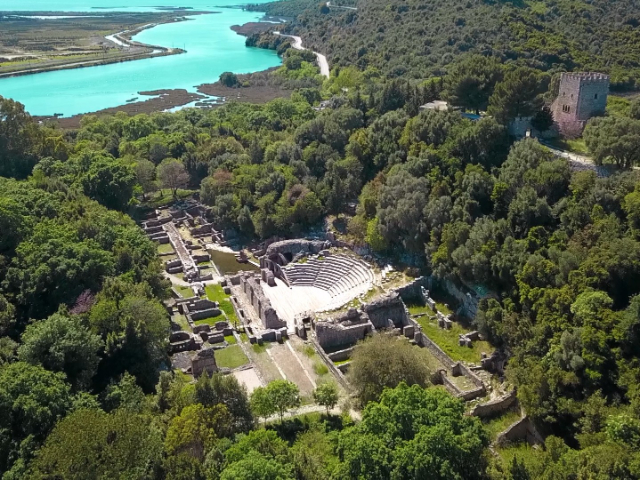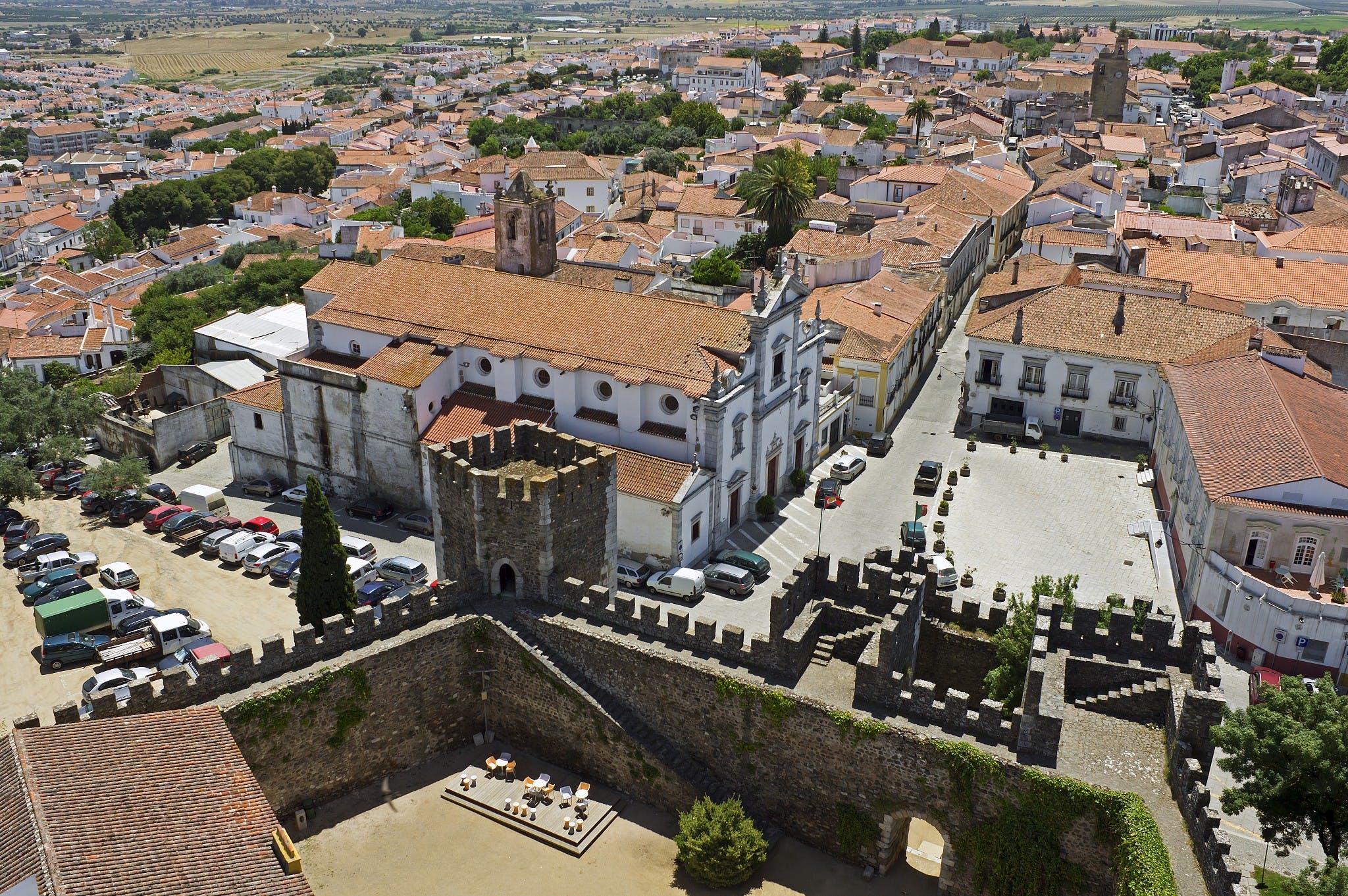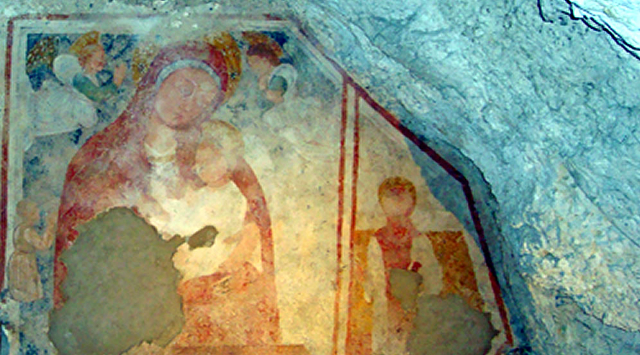Cueva de las Manos, or the Cave of Hands in English, is a significant archaeological site located in the province of Santa Cruz, Argentina. It is named after the hundreds of handprints painted on the walls of the cave, which are estimated to be around 9,000 to 13,000 years old.The cave was discovered in 1941 by a group of researchers led by archaeologist J. Bautista Ambrosetti. Since then, it has been declared a UNESCO World Heritage Site and has become one of the most important tourist attractions in Argentina.In addition to the handprints, the cave also features numerous hunting scenes, including images of guanacos, rheas, and other animals, as well as geometric shapes and symbols. The paintings were made using mineral pigments mixed with water, and the artists would have used their hands and rudimentary brushes made of sticks and animal hair to create the intricate designs.The cave is located in a remote area and can only be accessed by car or foot, and visitors must hike for several kilometers through the surrounding landscape to reach the site. Despite its remote location, the Cave of Hands is visited by thousands of tourists every year who come to marvel at the ancient art and learn about the history and culture of the indigenous peoples who once inhabited the area.
